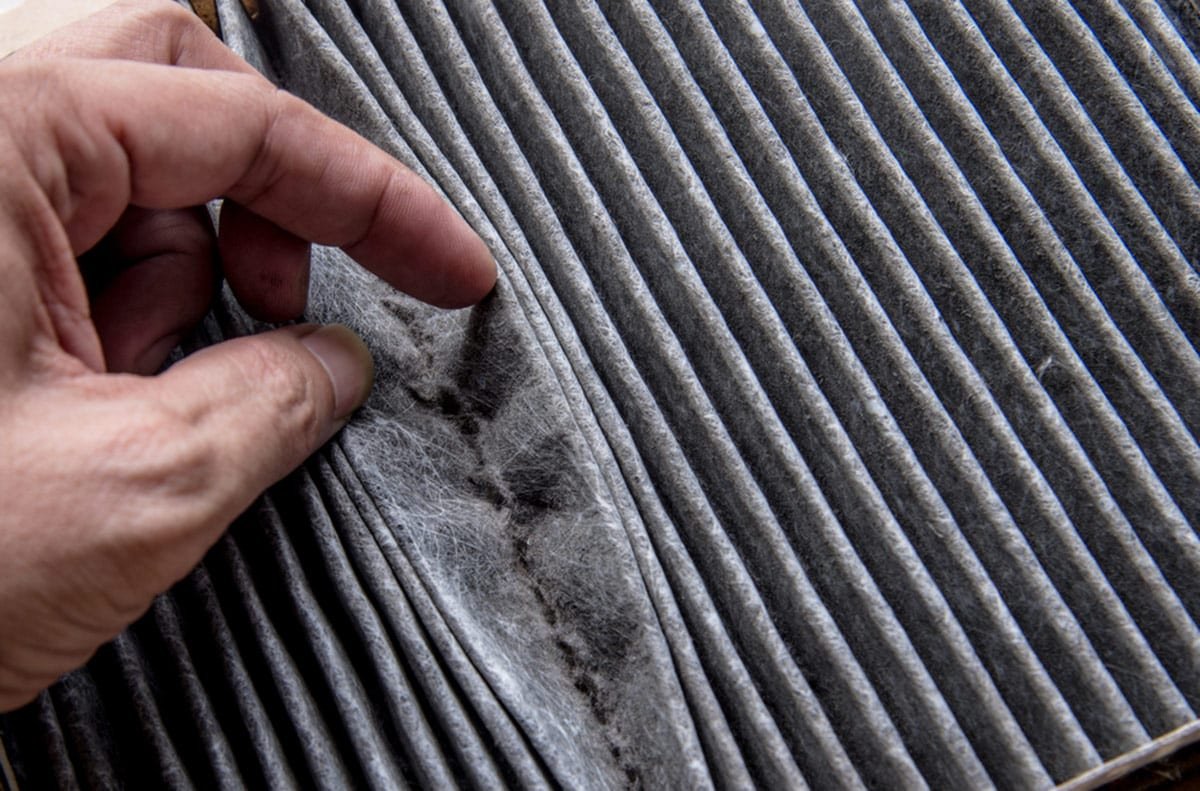Does an oil furnace produce carbon monoxide? Your furnace has the potential to kill you quietly every winter as the temperature falls. Furnaces that burn oil release carbon monoxide (CO). It is an odourless, invisible poisonous gas and sickens thousands of people every year.
When it comes to carbon monoxide poisoning, most people know that it is very dangerous. But what many people don’t know is how an oil furnace can produce carbon monoxide. This article will explore the dangers of carbon monoxide poisoning and how an oil furnace produces carbon monoxide.
What is An Oil Furnace?
As a result, an oil furnace is in every heating system that burns fossil fuels. It is a part of the heating system that is in charge of burning fossil fuels and transferring all of the heat throughout the system. The majority of furnaces use either natural gas or oil as fuel. However, this article focuses on the carbon monoxide produced by oil furnaces.
Oil furnaces use natural gas as the fuel to convert oil into gas or heat. Blowers, burners, heat exchangers, and controls that adjust temperature make up most of an oil furnace. They function for a more extended amount of time.
How Do Oil Furnaces Work?
Your thermostat is where it all starts. You can adjust the temperature in your house to whatever you find comfortable. If the thermostat detects the indoor temperature drops below this level, it activates the furnace system.
Whenever you turn on the oil furnace, a fuel pump draws oil from a reserve tank, passes it through a filter, and empties it into the burner chamber. The oil is transformed into a mist and released onto the burner.
Extreme heating of the chamber starts to occur. The air the furnace drew from the house travels over the chamber and warms it. The hot air is then forced through the house’s ductwork until the temperature returns to the correct level.
Benefits of Oil Furnaces
Oil furnaces are beneficial in many ways.
- They have a longer lifespan than most furnaces, are efficient, and are less expensive to operate than gas furnaces.
- The average lifespan of an oil furnace is between 20 and 30 years. Gas furnaces only last about 15 years on average. So, you can expect more use from an oil furnace than from a gas furnace.
- Oil furnaces are also more efficient than gas furnaces. They use less fuel and produce fewer carbon emissions. Oil furnaces produce about 30% less carbon dioxide than gas furnaces.
- Oil furnaces are less expensive to operate than gas furnaces. The average cost of running an oil furnace is about $0.60 per hour. On the other hand, gas furnaces cost about $1.00 per hour to operate.
Drawbacks of Oil Furnaces
In contrast, oil furnaces need an on-site oil storage tank, whose upkeep is costly owing to the buildup of soot and grime, which also necessitates routine chimney cleaning and frequent oil filter replacement. Even worse than a gas furnace, it is less efficient, and the fuel cost might be high.
How Does Oil Furnace Produce Carbon Monoxide?
Carbon monoxide is produced whenever there is any burning fuel. That includes gas, oil, wood, and more. When these materials are burning, they release carbon monoxide into the air.
Oil furnaces produce carbon monoxide because they burn oil to create heat. The oil turns into a gas, and that gas contains carbon monoxide.
The danger of carbon monoxide is that it’s a poisonous gas. It’s odourless, colourless, and tasteless, so you can’t detect it without special equipment. And it can be deadly.
What Are The Dangers of Carbon Monoxide Poisoning?
When inhaled, carbon monoxide combines with the blood, preventing it from carrying oxygen. Consequently, cells, tissues, and organs cannot function properly due to a lack of oxygen, leading to their failure and death. Even modest levels of carbon monoxide exposure may make you sick, but prolonged exposure can be lethal. The following are signs of carbon monoxide poisoning:
- Shortness of breath
- Chest pain
- Dizziness
- Headache
- Nausea and vomiting
- Confusion and disorientation
When the brain is depleted of oxygen, these symptoms often appear. If you experience any of the symptoms above, you must call emergency services immediately and get medical attention.
Conclusion
So does an oil furnace produce carbon monoxide? Yes, it does. Carbon monoxide is released whenever fuel is burning, and oil furnaces burn oil to create heat. The danger of carbon monoxide is that it’s a poisonous gas, so you need to be aware of the symptoms of carbon monoxide poisoning and get medical attention if you experience any of them.









